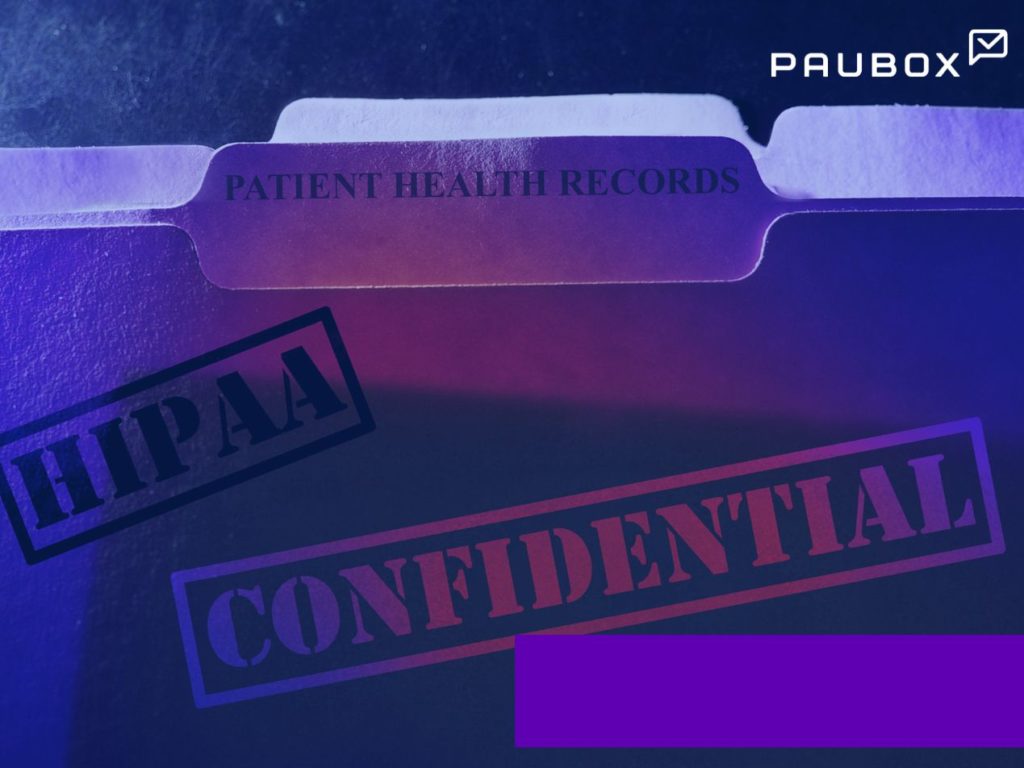
Healthcare providers should utilize email marketing as a necessary component of their patient engagement and communication strategy. Email marketing allows healthcare professionals to connect with patients and prospective patients in a personalized and timely manner.
Why should healthcare providers set up an email marketing strategy?
With 99% of email users checking their emails daily, email marketing is an effective and affordable method of communication with patients. This wide-reaching connectivity presents a tremendous opportunity for healthcare professionals to engage with existing and potential patients.
Secondly, email marketing allows providers to raise awareness among potential patients, enabling them to promote services, special offers, and referrals. Additionally, email can streamline the onboarding process for new patients, provide vital information, and enhance patient retention through personalized, value-driven content. Moreover, it offers a cost-effective means of maintaining strong relationships with patients, contributing to trust-building and brand humanization.
See also: Can you personalize a healthcare email?
How to effectively implement a HIPAA compliant strategy
Secure Email Service Provider (ESP)
Choose an email marketing platform with HIPAA compliant features, including encryption, secure data storage, and auditing capabilities. This could include a HIPAA compliant marketing service such as Paubox.
Patient consent
Obtain explicit consent from patients to use their email addresses for marketing purposes. Clearly explain how their information will be used and give them the option to opt out.
Email list building
Collect email addresses through consent-based methods. Include signup forms on your website, offer incentives, and clearly explain how patient data will be used. Always provide an easy opt-out option.
Content creation
Develop valuable, patient-centric content. Focus on providing information that addresses patient needs, offers solutions, or educates. Ensure that your emails are mobile-responsive for various screen sizes.
Personalization
Utilize patient data to personalize emails. Address recipients by their first name, segment your lists, and send tailored messages that resonate with each group's interests and healthcare needs.
Secure communication
Implement encryption for emails containing sensitive patient information. Use secure communication channels and educate patients on email security.
Email design
Create visually appealing, mobile-friendly email templates. Keep emails concise and scannable, with a clear call to action (CTA) that encourages patient engagement.
Testing and optimization
Test different elements of your emails, such as subject lines, images, and CTAs, to identify what resonates best with your audience. Continuously optimize your email content and strategy based on data-driven insights.
Consistent schedule
Establish a consistent email-sending schedule. Whether it's monthly newsletters, appointment reminders, or health tips, stick to a predictable routine to keep patients engaged.
Tracking and analysis
Use email marketing tools to track email open rates, click-through rates, and conversions. Analyze the data to assess the effectiveness of your campaigns and make data-driven improvements.
Feedback and iteration
Continuously seek feedback from patients and adapt your email marketing strategy based on their preferences and needs. Be responsive to their feedback.
Subscribe to Paubox Weekly
Every Friday we'll bring you the most important news from Paubox. Our aim is to make you smarter, faster.




